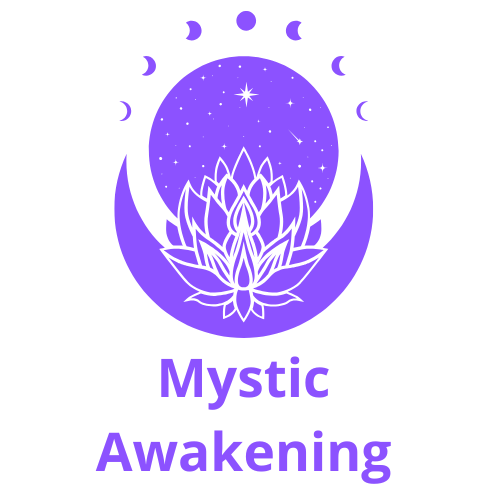
7 Mistakes in Interpreting Your Astrological Chart Alone
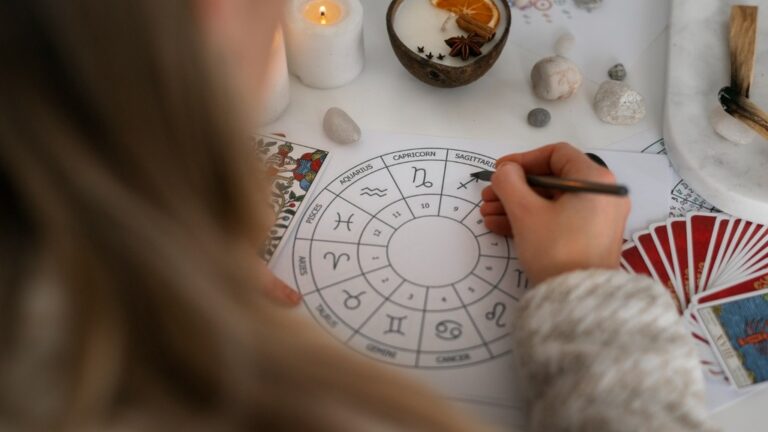
Have you ever felt overwhelmed trying to decode the celestial map of your birth? Diving into your astrological chart without the proper guidance can lead to a maze of misinterpretations and confusion. The intricate symbols and planetary positions hold deep personal insights, yet without context they may mislead you about your true nature and future. In this article, we explore the most frequent errors people make when interpreting their own charts and provide practical, up-to-date advice (2023) to help you navigate these cosmic complexities and avoid common pitfalls.
Understanding Your Astrological Chart: The Basics
Astrology has fascinated humanity for centuries by offering insights into personality traits, life events, and deeper existential truths. When you start with your birth chart, the first step is to understand the basics—each symbol, planetary placement, and house holds a key to your unique story. Begin with a clear grasp of the fundamental components instead of diving into complex interpretations without a strong foundation.
A common mistake for beginners is relying on superficial descriptions without exploring the interconnections between different elements. Recognizing the importance of your sun sign is just the start. Your moon, rising sign, and the positions of planets like Mars and Venus all contribute to a multidimensional view of your personality. Trusted resources such as the American Federation of Astrologers and reputable sites like Astro.com offer tools to explore these details.
To structure your initial exploration, keep these tips in mind: Start with reliable resources, follow a step-by-step approach, and always question broad generalizations. Remember that every astrological chart is personal and filled with nuances that standard interpretations might miss.
Common Misinterpretations and Their Consequences
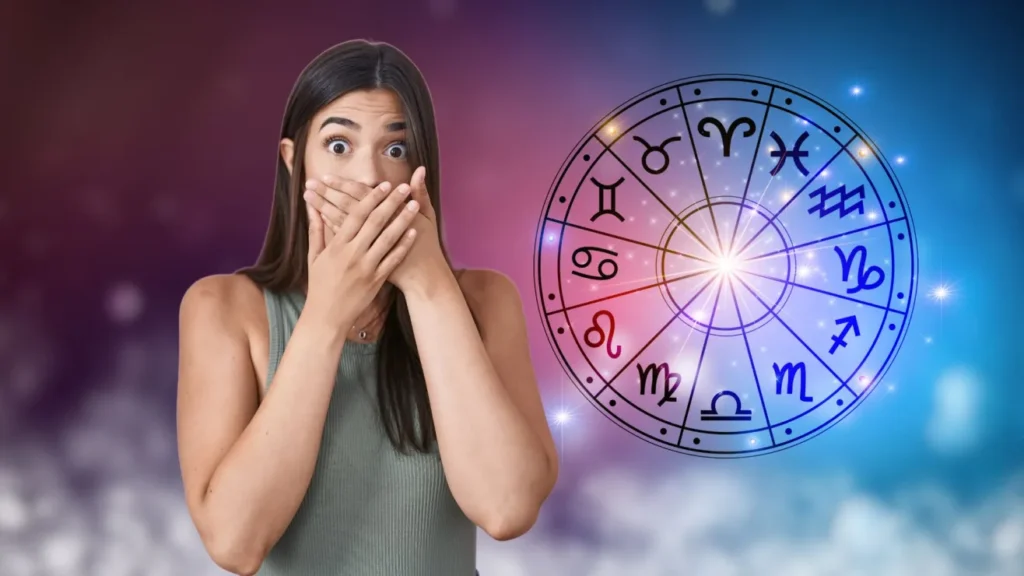
Interpreting your chart without a thorough understanding of astrological nuances can lead to pitfalls. One common error is making hasty generalizations by cherry-picking details that seem to support preconceptions. For instance, misinterpreting a challenging aspect between Mars and Saturn could erroneously convince you that failure is inevitable in endeavors that require determination. In truth, these aspects can also highlight opportunities for personal growth and resilience.
Another frequent misstep is neglecting the dynamic interplay between different chart components. It’s easy to fixate on a single planet or degree and assume it defines your entire being. However, an astrological chart is a complex mosaic where multiple elements must be considered simultaneously. Focusing exclusively on one factor can create a distorted view of your abilities and future by masking other positive influences.
Such misinterpretations can have far-reaching consequences impacting your self-esteem, decision-making, and significant life choices. For example, overemphasizing a so-called 'difficult' placement might deter you from leadership roles or new ventures. Relying solely on automated online interpretations without critical analysis only reinforces these misconceptions. As astrology evolves, seeking multiple perspectives or consulting with experienced astrologers is essential to gain balance and clarity.
The Role of Planets, Houses, and Aspects
A deeper look at astrological symbolism shows that planets, houses, and aspects are interconnected threads in the tapestry of your destiny. Each planet represents a different facet of your personality, such as Mercury governing communication and thought, and Venus shaping your views on beauty and relationships. Houses provide the background or context for these energies. Understanding your chart means integrating these components as a whole.
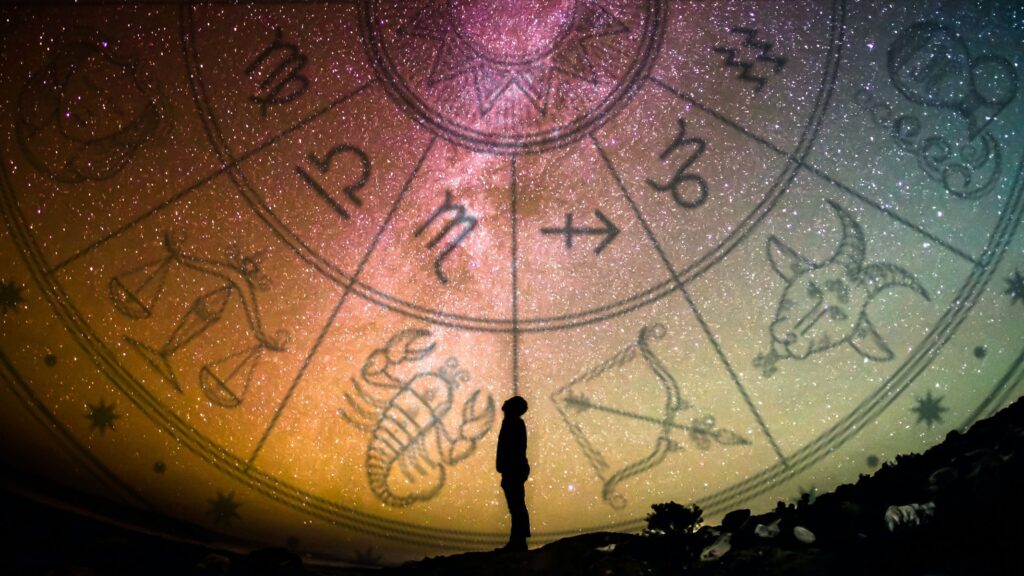
Houses in your chart denote specific areas of life like career, home, and personal identity, while aspects illustrate the relationships between planets. Harmonious aspects (trines or sextiles) suggest natural talents and ease, whereas squares or oppositions indicate tensions that can foster growth if managed wisely.
A comprehensive reading requires more than just listing planetary positions and houses. Instead, analyze how these elements interact. Often, DIY astrology enthusiasts mistakenly conclude that one powerful transit predicts an immediate future without considering the full context of their natal chart. Modern astrology incorporates both data-driven insights and historical observations—each vital for a multidimensional evaluation. Influential astrologers such as Liz Greene and Stephen Arroyo underscore the importance of this integrative approach.
Practical Advice and Expert Guidance
Self-exploration in astrology is rewarding, yet expert guidance is invaluable. Professional astrologers can perceive subtleties in your birth chart that you might miss on your own. Relying solely on online algorithms or basic interpretations can often lead to an oversimplified view.
To avoid common pitfalls, consider periodic consultations with experienced professionals or joining workshops. Many respected astrologers offer sessions that blend practical insights with academic methods. Engaging in community forums, attending seminars, and participating in local astrology groups can sharpen your interpretative skills and broaden your perspective.
Combining self-study with professional advice creates a dynamic learning environment. Track recurring themes in your chart over several years to see how transits and progressions shape your experiences. This dual approach not only grounds your interpretations in reality but also adds context and depth to your understanding. Integrating modern research with ancient traditions can reveal profound insights about your life path.
Integrating Modern Techniques with Ancient Wisdom
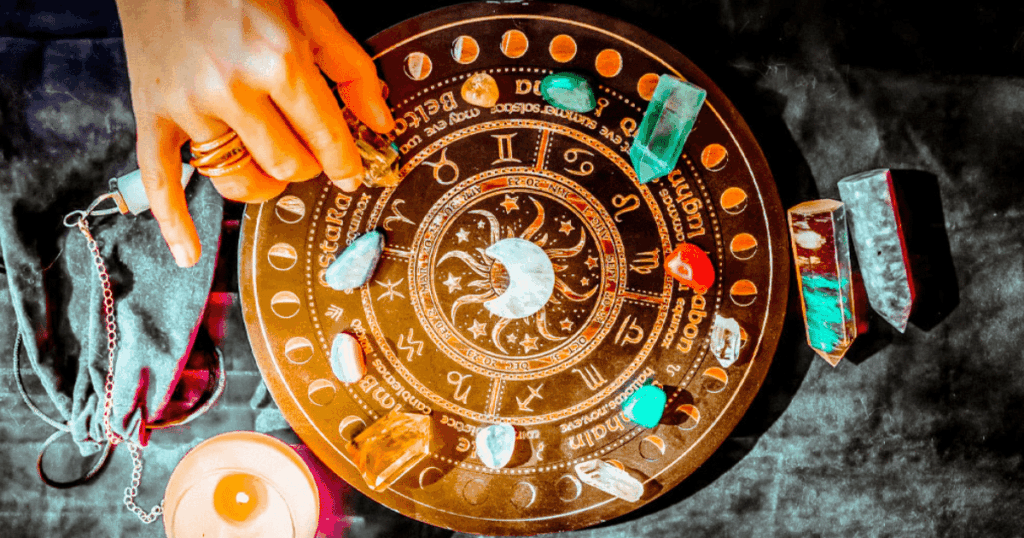
Astrology is evolving rapidly, thanks to modern technology and data analytics. Today, software programs and mobile apps offer instant chart calculations and transit reports that previously required a seasoned professional. This technological leap has democratized access to astrological knowledge, though it also presents challenges regarding depth and accuracy.
While digital tools can simplify calculations, the art of astrological interpretation still demands a deep understanding that develops through studying centuries of tradition. Combining modern methods with classical wisdom lets you enjoy the best of both worlds. Always verify digital readings with classical texts and scholarly research to ensure a balanced view.
Modern astrology benefits from a multidisciplinary approach. Contributions from psychology, history, and data science enrich our understanding of celestial influences. As you explore your chart, consider these diverse perspectives for a more comprehensive engagement with both modern techniques and ancient wisdom. Trusted digital resources such as AstroSeek and TimePassages are excellent starting points, but they work best when combined with personal insight and expert consultation.
Content Addictional
To further enrich your astrological journey, it is valuable to explore the discipline's historical evolution and its adaptation in today’s digital age. Over the centuries, astrologers have refined their methods through careful observation, intuition, and scholarly debate, influenced by historical events and cultural shifts.
Astrology sits at the crossroads of art, science, and spirituality. Modern practitioners have access to an unprecedented amount of data, which allows them to test theories and correlations in ways that were unimaginable in the past. This dynamic evolution means that while the symbols and traditions remain, their interpretations are continually refined, ensuring that astrology stays relevant in contemporary life.
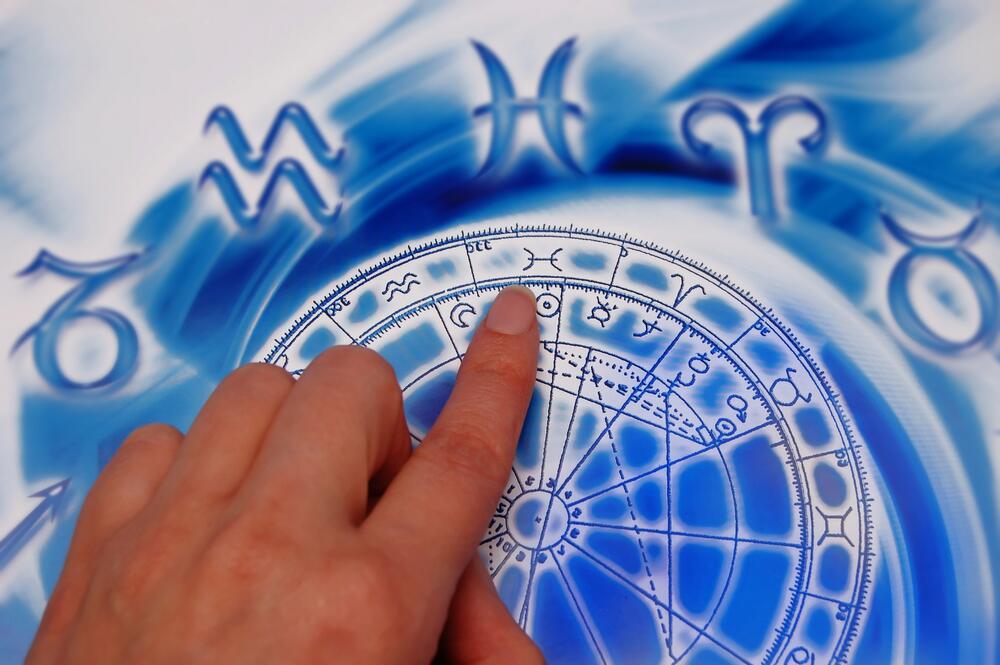
Moreover, psychological astrology—which integrates traditional techniques with modern psychological theories—offers an empathetic approach to understanding personal development. In this framework, challenges in your natal chart become opportunities for growth rather than warnings of doom.
Successful navigation of your chart requires both patience and ongoing education. Keep a personal journal to track transits, progressions, and life events. Over time, this record can help you identify recurring patterns and themes, enhancing your interpretative skills. By combining modern analytics with traditional methodologies, you enrich your self-discovery journey and ensure that your approach to astrology remains both a science and an art.
Successful navigation of your chart requires both patience and ongoing education. Keep a personal journal to track transits, progressions, and life events. Over time, this record can help you identify recurring patterns and themes, enhancing your interpretative skills. By combining modern analytics with traditional methodologies, you enrich your self-discovery journey and ensure that your approach to astrology remains both a science and an art.
Interpreting your astrological chart is both profound and delicate. The mistakes discussed here—from ignoring the interplay between planets to misjudging aspects—remind us that astrology is an art as much as a science, best explored through self-study combined with expert guidance. Every chart is a unique cosmic blueprint. Whether you choose independent study or seek professional insight, take your time, ask questions, and let the stars guide you with wisdom and clarity.
